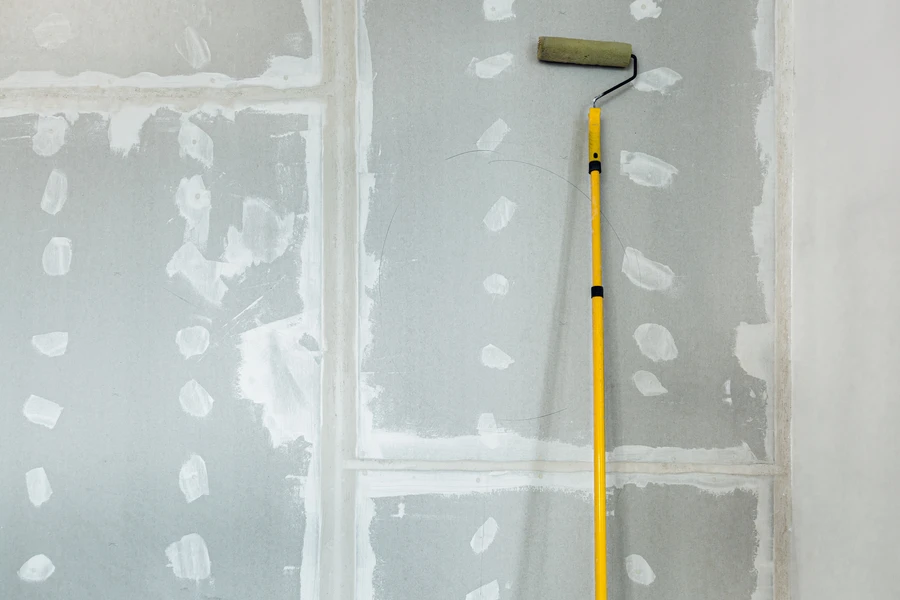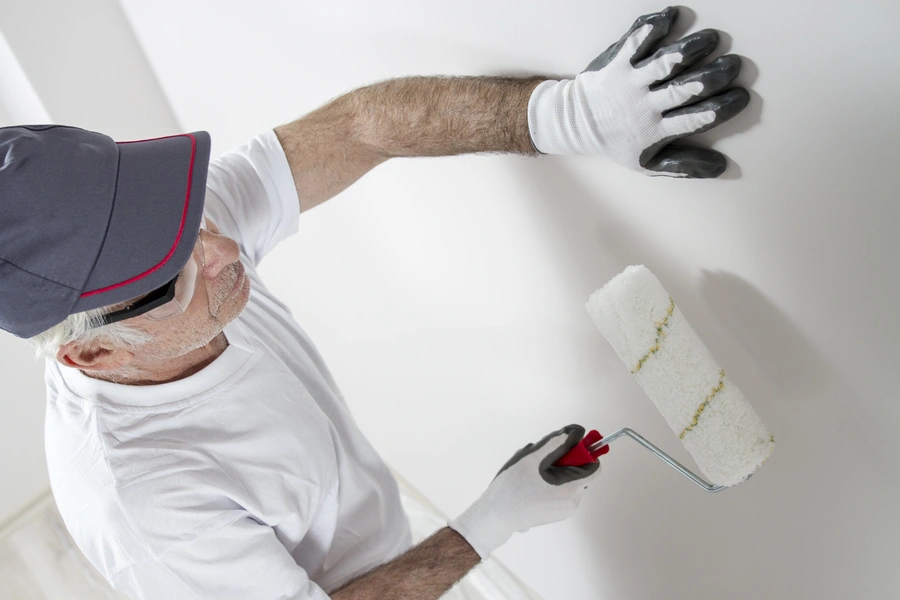An Overview of Steps for Successful Installation
The drywall installation process is a crucial part of building or renovating spaces. It involves several important steps to ensure that walls and ceilings are smooth, durable, and ready for finishing touches. In this guide, we’ll explore the stages involved in drywall installation, from preparation to final inspection. Whether you’re planning a small home project or a large commercial build, understanding these steps can help you achieve professional results.

Preparation Before Installing Drywall
Before starting the drywall installation, proper preparation is essential. This includes measuring the area accurately and gathering necessary tools like tape measures, utility knives, and screw guns. Additionally, it’s important to inspect the underlying structures to ensure there are no issues with framing or wiring that could affect the installation process.
Key Benefits of Using Drywall
Drywall offers several benefits over traditional plaster. It’s quicker to install, cost-effective, and provides excellent insulation properties. Furthermore, it allows for easy repairs if any damage occurs. These advantages make drywall a popular choice among builders and homeowners alike.

Common Challenges in Drywall Installation
One of the main challenges in installing drywall is ensuring a seamless finish. This requires precise cutting and fitting of panels. Another challenge is applying the joint compound smoothly, which demands skill and experience to avoid lumps or uneven surfaces. Lastly, proper handling during transport and installation is crucial to prevent damage to the panels.
How to Install Drywall Step-by-Step
Installing drywall involves several critical steps:
- First, measure and cut the drywall panels to fit the wall or ceiling space.
- Next, attach the panels using screws, ensuring they are securely fastened to the studs.
- Then, apply joint tape over the seams between panels.
- Once taped, spread a layer of joint compound over the seams and screw holes.
- Smooth out the compound and allow it to dry before sanding for a flawless finish.
- Finally, inspect the surface for imperfections before proceeding to paint or wallpaper application.
Best Practices for a Smooth Finish
To achieve a smooth finish on your drywall, use lightweight joint compound as it is easier to handle and reduces the risk of cracks. Sand lightly between coats of compound to maintain an even surface. Also, when painting or adding texture, consider hiring professionals who specialize in drywall painting to ensure high-quality results.
Cost Considerations for Drywall Projects
The cost of a drywall project can vary based on factors like room size, labor rates, and material quality. When budgeting, also factor in costs for additional services like drywall painting. Investing in quality materials and skilled labor can save money in the long run by reducing maintenance needs and increasing durability.
Final Thoughts on Drywall Installation
If you’re looking to enhance your property with new walls or ceilings, understanding the drywall installation process is key. For expert help with your project, contact us at (656) 218-2019. Our team at Marcos Drywall Corp specializes in providing top-tier services, including installations and finishes, throughout Town 'n' Country, FL. We look forward to assisting you with all your drywall needs.